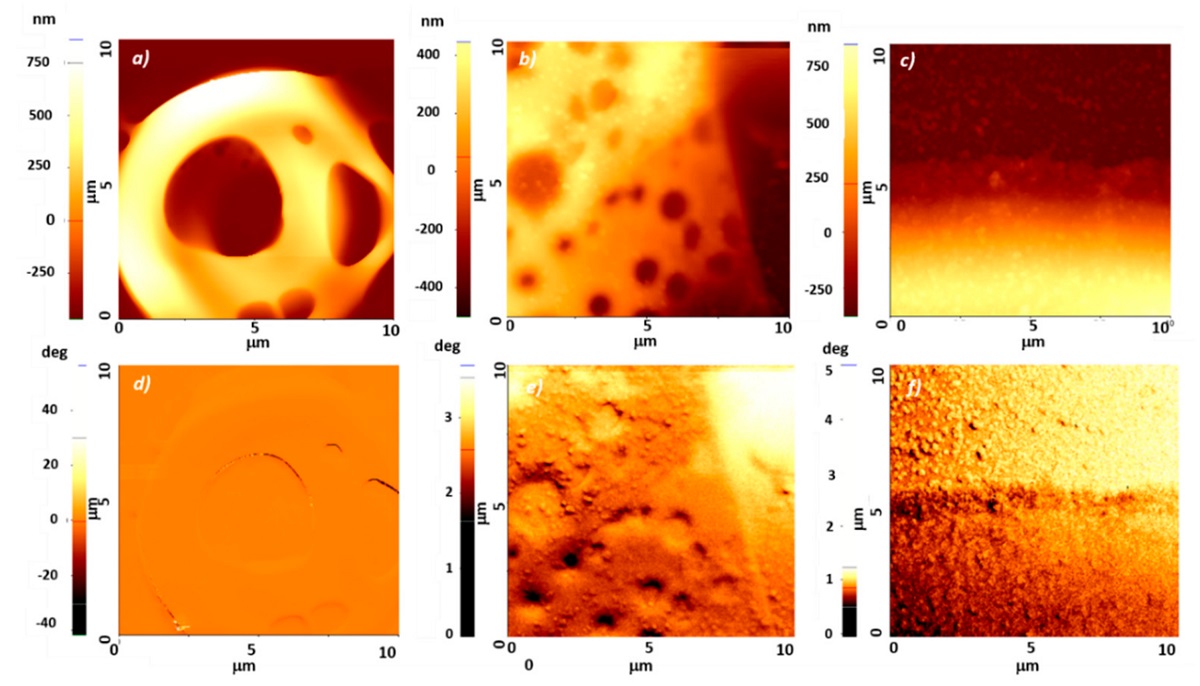Bone is the second most commonly transplanted tissue, preceded only by blood transfusion.Within this context, it is imperative to achieve the functional and structural restoration of damaged bone tissue. A major difficulty in bone tissue engineering arises from the fact that the bone regeneration process requires a long time for achieving a completely functional tissue. Generally, cells are seeded ex vivo into a three-dimensional (3D) biocompatible and sometimes biodegradable structure called scaffold, where they attach and grow. After the implantation into the injured site, the scaffolds should allow proper host cell colonization for regeneration purposes.*
Magnetic scaffolds emerged as promising solution for this purpose. Activation of the magnetic scaffolds using external static magnetic fields (SMF) prevents the decrease of bone mineral density and promotes the bone regeneration in bone fractures. The significant alterations in cell behaviors stimulated by the externally applied magnetic fields has been demonstrated in numerous studies. For example, it has been shown that an externally applied SMF using a magnet accelerates the osteogenic differentiation of osteoblasts-like cells in vitro and triggers peri-implant bone formation in vivo.*
The magnetism can also be used through scaffolding materials with magnetic properties. For example, biomaterials that incorporate magnetic nanoparticles (MNPs) are being developed.*
In the article «3D Superparamagnetic Scaffolds for Bone Mineralization under Static Magnetic Field Stimulation” Irina Alexandra Paun, Bogdan Stefanita Calin, Cosmin Catalin Mustaciosu, Mona Mihailescu, Antoniu Moldovan, Ovidiu Crisan, Aurel Leca and Catalin Romeo Luculescu report on three-dimensional (3D) superparamagnetic scaffolds that enhanced the mineralization of magnetic nanoparticle-free osteoblast cells. The scaffolds were fabricated with submicronic resolution by laser direct writing via two photons polymerization of Ormocore/magnetic nanoparticles (MNPs) composites and possessed complex and reproducible architectures.*
To prove the magnetic nature of the MNPs in the polymerized composites, magnetic force microscopy (MFM) was carried out on scaffolds with different MNPs concentrations. NANOSENSORS™ PointProbe® Plus PPP-MFMR AFM probes with magnetic coating were used.*

Topographical (upper panel) and magnetic force microscopy (lower panel) images of scaffolds with MNPs concentrations of: (a,d) 0 mg/mL; (b,e) 2 mg/mL; (c,f) 4 mg/mL.
*Irina Alexandra Paun, Bogdan Stefanita Calin, Cosmin Catalin Mustaciosu, Mona Mihailescu, Antoniu Moldovan, Ovidiu Crisan, Aurel Leca and Catalin Romeo Luculescu
3D Superparamagnetic Scaffolds for Bone Mineralization under Static Magnetic Field Stimulation
Materials 2019, 12(17), 2834
DOI: https://doi.org/10.3390/ma12172834
Please follow this link to read the full article: https://www.mdpi.com/1996-1944/12/17/2834/htm
Open Access The article “3D Superparamagnetic Scaffolds for Bone Mineralization under Static Magnetic Field Stimulation” by Irina Alexandra Paun, Bogdan Stefanita Calin, Cosmin Catalin Mustaciosu, Mona Mihailescu, Antoniu Moldovan, Ovidiu Crisan, Aurel Leca and Catalin Romeo Luculescu is licensed under a Creative Commons Attribution 4.0 International License, which permits use, sharing, adaptation, distribution and reproduction in any medium or format, as long as you give appropriate credit to the original author(s) and the source, provide a link to the Creative Commons license, and indicate if changes were made. The images or other third party material in this article are included in the article’s Creative Commons license, unless indicated otherwise in a credit line to the material. If material is not included in the article’s Creative Commons license and your intended use is not permitted by statutory regulation or exceeds the permitted use, you will need to obtain permission directly from the copyright holder. To view a copy of this license, visit http://creativecommons.org/licenses/by/4.0/.